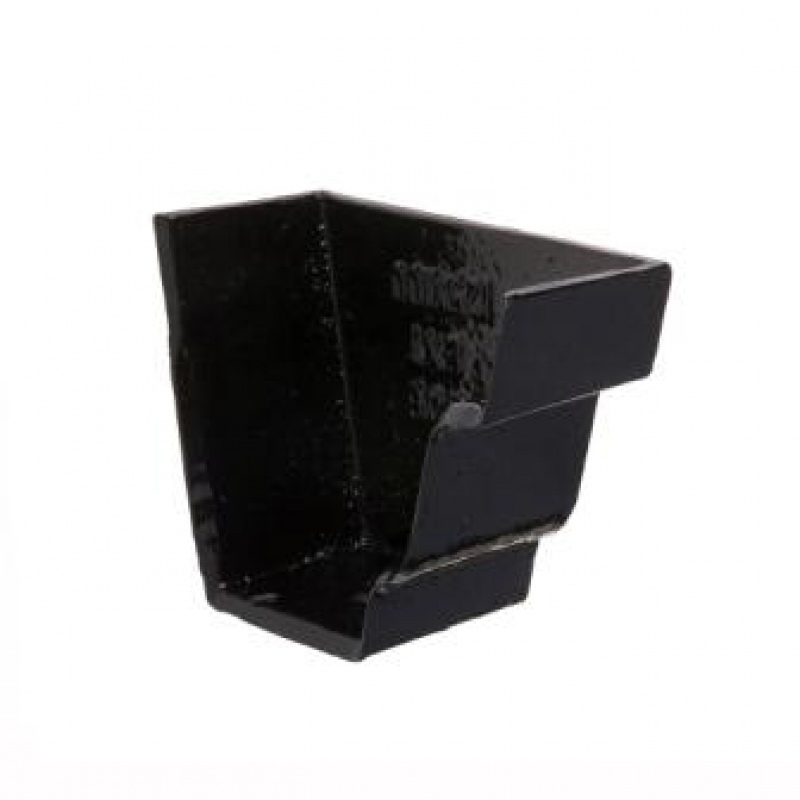

217 Although it did not elaborate a set of rules to govern the application of the tests, the Court was initially restrictive in recognizing permissible bases for reasonable suspicion. 216Īfter Terry, the standard for stops for investigative purposes evolved into one of “reasonable suspicion of criminal activity.” That test permits some stops and questioning without probable cause in order to allow police officers to explore the foundations of their suspicions. 215 Questions about a suspect’s identity “are a routine and accepted part of many Terry stops,” the Court explained. The Court provided a partial answer in 2004, when it upheld a state law that required a suspect to disclose his name in the course of a valid Terry stop.

Terry did not rule on a host of problems, including the grounds that could permissibly lead an officer to momentarily stop a person on the street or elsewhere in order to ask questions rather than frisk for weapons, the right of the stopped individual to refuse to cooperate, and the permissible response of the police to that refusal. 213 Also impermissible is physical manipulation, without reasonable suspicion, of a bus passenger’s carry-on luggage stored in an overhead compartment. 212 The Court viewed the situation as analogous to that covered by the “plain view” doctrine: obvious contraband may be seized, but a search may not be expanded to determine whether an object is contraband. In a later case, the Court held that an officer may seize an object if, in the course of a weapons frisk, “plain touch” reveals the presence of the object, and the officer has probable cause to believe it is contraband.

210 Because the conduct witnessed by the police officer reasonably led him to believe that an armed robbery was in prospect, he was as reasonably led to believe that the men were armed and probably dangerous and that his safety required a “frisk.” Because the object of the “frisk” is the discovery of dangerous weapons, “it must therefore be confined in scope to an intrusion reasonably designed to discover guns, knives, clubs, or other hidden instruments for the assault of the police officer.” 211 The test of reasonableness in this sort of situation is whether the police officer can point to “specific and articulable facts which, taken together with rational inferences from those facts,” would lead a neutral magistrate on review to conclude that a man of reasonable caution would be warranted in believing that possible criminal behavior was at hand and that both an investigative stop and a “frisk” was required. Chief Justice Warren for the Court wrote that the Fourth Amendment was applicable “whenever a police officer accosts an individual and restrains his freedom to walk away.” 209 Because the warrant clause is necessarily and practically of no application to the type of on-the-street encounter present in Terry, the Chief Justice continued, the question was whether the policeman’s actions were reasonable. Upon approaching the men, identifying himself, and not receiving prompt identification, the officer seized one of the men, patted the exterior of his clothes, and discovered a gun. Terry arose when a police officer observed three individuals engaging in conduct which appeared to him, on the basis of training and experience, to be the “casing” of a store for a likely armed robbery. Ohio, 208 the Court, with only Justice Douglas dissenting, approved an onthestreet investigation by a police officer that involved “patting down” the subject of the investigation for weapons. 206 There are, however, instances when a police officer’s suspicions will have been aroused by someone’s conduct or manner, but probable cause for placing such a person under arrest will be lacking. 205 Probable cause is, of course, the same standard required to be met in the issuance of an arrest warrant, and must be satisfied by conditions existing prior to the police officer’s stop, what is discovered thereafter not sufficing to establish probable cause retroactively. The right of the people to be secure in their persons, houses, papers, and effects, against unreasonable searches and seizures, shall not be violated, and no Warrants shall issue but upon probable cause, supported by Oath or affirmation, and particularly describing the place to be searched, and the persons or things to be seized.ĭetention Short of Arrest: Stop and Frisk.-Arrests are subject to the requirements of the Fourth Amendment, but the courts have followed the common law in upholding the right of police officers to take a person into custody without a warrant if they have probable cause to believe that the person to be arrested has committed a felony or a misdemeanor in their presence.


 0 kommentar(er)
0 kommentar(er)
